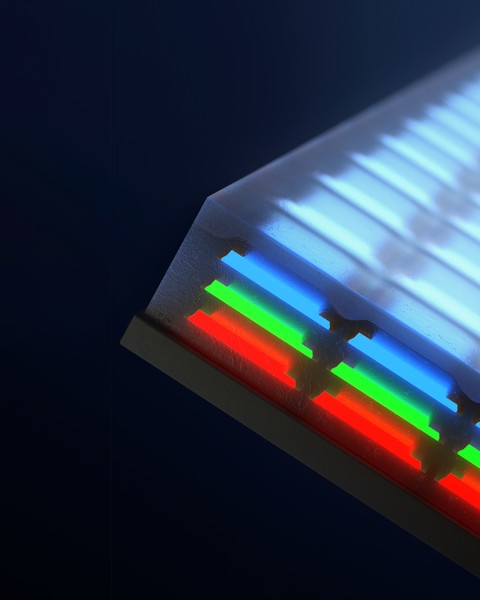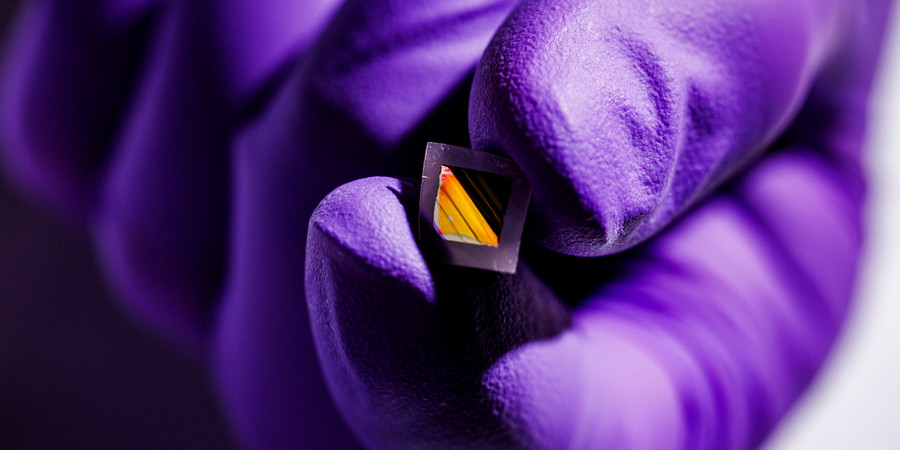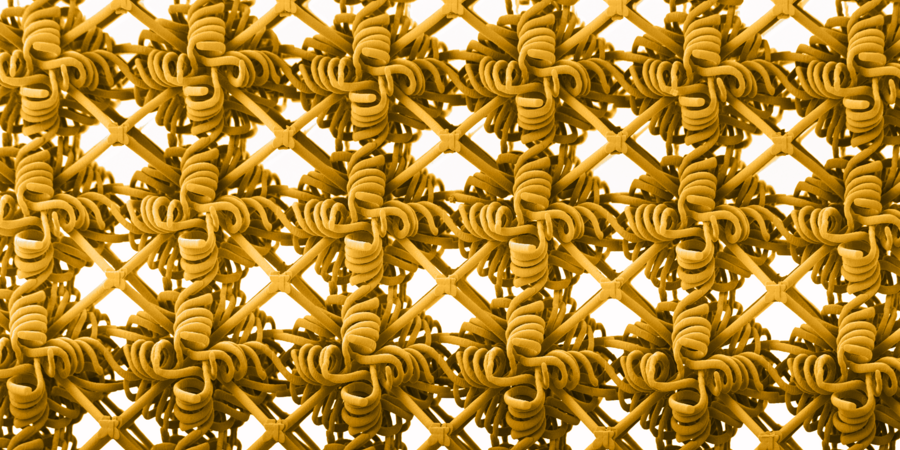Jennifer Chu | MIT News Office
February 1, 2023
Take apart your laptop screen, and at its heart you’ll find a plate patterned with pixels of red, green, and blue LEDs, arranged end to end like a meticulous Lite Brite display. When electrically powered, the LEDs together can produce every shade in the rainbow to generate full-color displays. Over the years, the size of individual pixels has shrunk, enabling many more of them to be packed into devices to produce sharper, higher-resolution digital displays.
But much like computer transistors, LEDs are reaching a limit to how small they can be while also performing effectively. This limit is especially noticeable in close-range displays such as augmented and virtual reality devices, where limited pixel density results in a “screen door effect” such that users perceive stripes in the space between pixels.
Now, MIT engineers have developed a new way to make sharper, defect-free displays. Instead of replacing red, green, and blue light-emitting diodes side by side in a horizontal patchwork, the team has invented a way to stack the diodes to create vertical, multicolored pixels.
Complete article from MIT News.
Explore
III-Nitride Ferroelectrics for Integrated Low-Power and Extreme-Environment Memory
Monday, May 5, 2025 | 4:00 - 5:00pm ET
Hybrid
Zoom & MIT Campus
New Electronic “skin” could Enable Lightweight Night-vision Glasses
Jennifer Chu | MIT News
MIT engineers developed ultrathin electronic films that sense heat and other signals, and could reduce the bulk of conventional goggles and scopes.
MIT Engineers Print Synthetic “Metamaterials” that are Both Strong and Stretchy
Jennifer Chu | MIT News
A new method could enable stretchable ceramics, glass, and metals, for tear-proof textiles or stretchy semiconductors.




